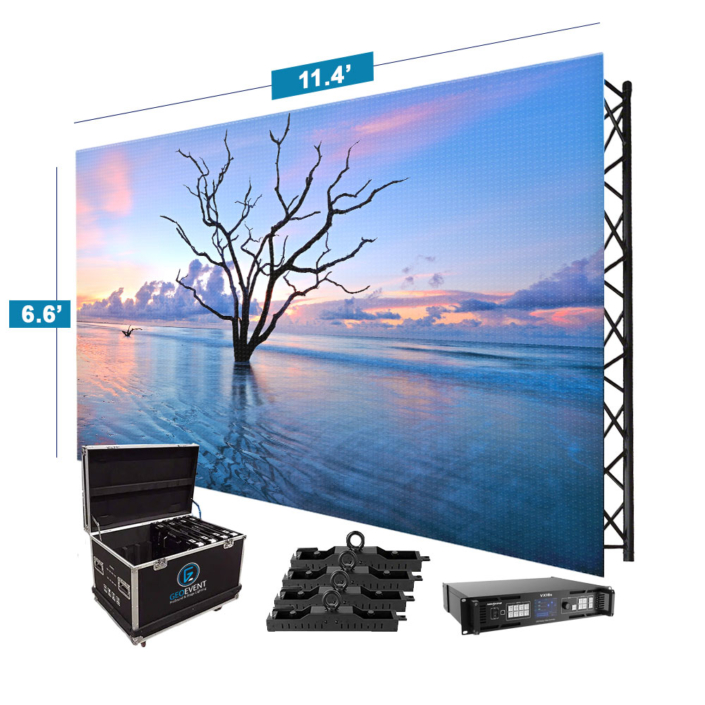Enhancing Visual Effect Through Strategic Content Timing in LED Display Performance
Wiki Article
Enhancing visual effect during light-emitting diode screen shows requires careful planning and strategic content scheduling. LED walls are potent tools for visual storytelling, often used in concerts, events, and presentations. The effectiveness of these displays depends not only on the quality of the visuals but also upon the manner plus timing they are shown. By understanding the audience's attention span and the flow of the event, event planners can craft a more captivating encounter that enthralls spectators plus improves the total show.
One crucial element of tactical visual scheduling is timing. It is essential to align the visuals with the rhythm and pace of the performance. For example, in the course of a music show, images should enhance the rhythm and atmosphere of the melody. This alignment helps to create a cohesive experience that pulls the viewers closer. Additionally, it is important to consider the length of each image segment. Short, impactful segments can sustain viewer engagement, while extended images may be appropriate for instances of contemplation or sentimental connection. By altering the duration and vigor of the images, event planners can maintain the viewers interested during the performance.

Another crucial factor is the content in question. The images shown on the light-emitting diode screen should be pertinent to the theme of the show. This pertinence aids to strengthen the message being conveyed plus renders the experience more unforgettable for the viewers. For example, if the performance is about environmental consciousness, why not check here using visuals that illustrate the environment and wildlife can amplify the message. Furthermore, incorporating lively elements, such as animations or interactive graphics, can introduce thrill and keep the audience's attention. The right content, shown at the right time, can significantly elevate the impact of the performance.
Audience involvement is also a key consideration in visual timing. Understanding the characteristics and preferences of the audience can inform the choice of images. For example, a youthful crowd may react better to bright hues and quick animations, while an older crowd might appreciate more nuanced and sophisticated images. By customizing the material to the viewers' interests, event planners can create a more tailored experience that connects with viewers. Additionally, incorporating audience participation, such as live polls or social engagements, can additionally enhance involvement and make the show more interactive.
Finally, assessing the effectiveness of the visual scheduling is crucial for future performances. Gathering responses from the audience can offer valuable information into what worked successfully and what could be enhanced. This information can assist event planners improve their strategies and make informed decisions for upcoming events. By constantly assessing and modifying the content timing approach, event planners can maximize the aesthetic impact of LED screen shows plus create unforgettable experiences for their audiences.